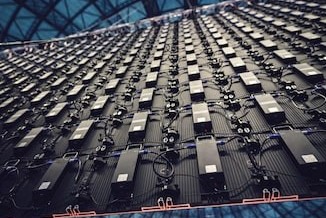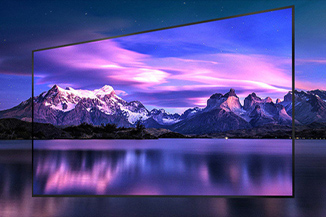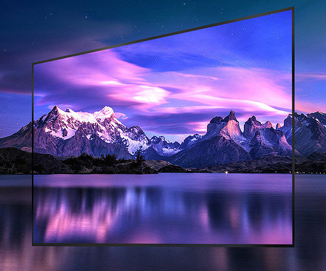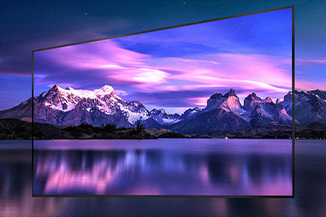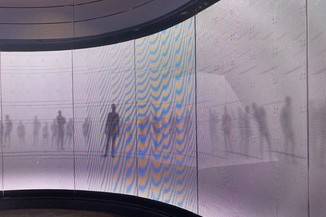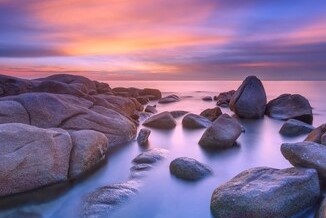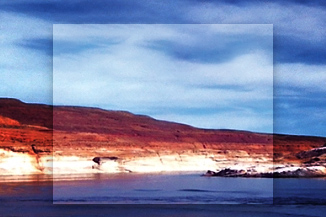Publisher: Supplier of LED Display Time: 2022-06-30 14:05 Views: 1654
The common driving methods of LED transparent screen are static scanning and dynamic scanning. Static scanning is divided into static real pixels and static virtual, and dynamic scanning is also divided into dynamic real image and dynamic virtual. Let's learn together:
1. Classification of LED transparent screen scanning methods:
Scanning mode: in a certain display area, the ratio of the number of lines lit at the same time to the number of lines in the entire area.
1. Dynamic scanning: Dynamic scanning is to implement "point-to-column" control from the output of the driver IC to the pixel points. Dynamic scanning requires a control circuit, and the cost is lower than that of static scanning, but the display will be worse and the brightness loss will be larger. .
2. Static scanning: Static scanning is to implement "point-to-point" control from the output of the driver IC to the pixels. Static scanning does not require control circuits, and the cost is higher than dynamic scanning, but the display effect is good, stability is good, and brightness is lost. advantages of being smaller.
Second, according to the environment
Indoor single and double color is generally 1/16 scan,
Indoor full color is generally 1/8 scan,
Outdoor single and double color is generally 1/4 scan,
Outdoor full color is generally static scanning.
Three, according to the model
1. Scanning mode of indoor LED transparent screen: P3.9 is constant current 1/16, P7.8 is constant current 1/8, P10.4 is constant current 1/6
2. Scanning mode of outdoor LED transparent screen (LED curtain wall screen, outdoor rental transparent screen): P10.4 is constant current 1/2, P13.8, P16.6 are static.
4. LED transparent screen 1/8 and 1/16 scan mode:
1/8 scan: Under other conditions being the same, the display screen of 1/8 scan is only half the brightness of the display screen of 1/4 scan, which is suitable for semi-outdoor and indoor. The control method is to increase from 1/4 of four LEDs to 8 LEDs. The current is swept among the 8 LEDs.
1/16 scan: This is a lower-brightness driving method, and is generally only used indoors. They are controlled in the same way.
